When exploring the fascinating history of the United States, one cannot overlook the strategic importance of army forts in Kentucky. These military installations have played a significant role in shaping the region’s past and protecting its residents.
In the following article, army forts in Kentucky, we will explore the history of these forts and their impact on the surrounding areas.
Kentucky’s strategic location between the North and South made it a prime spot for establishing army forts. As a result, it is home to several historically significant military installations that have served various purposes, from providing support during the Civil War to defense during the War of 1812.
These forts offer a unique glimpse into the military strategies of the time while also relating their role in the broader narrative of the nation’s past. Examining these Kentucky army forts helps us acquire a better understanding of the diverse challenges that military personnel faced in their quest to protect and defend the nation.
With a deep appreciation for the sacrifices and foresight exhibited in constructing these installations, we hope to foster continued respect for their historical legacy in the region.
Historical Background of Army Forts in Kentucky
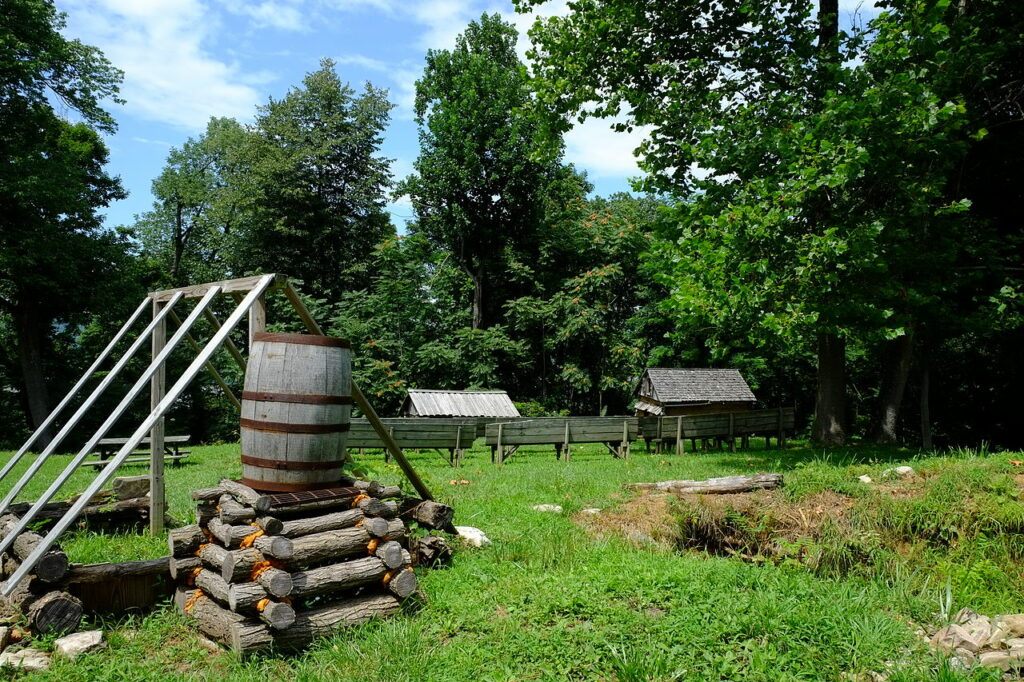
Kentucky has a rich history of military bases and army installations. Some of the most well-known include Fort Campbell, Fort Knox, and Fort Duffield. These military installations have played significant roles in the United States’ military history and national security, especially during crucial periods such as the Civil War and World War II.
Fort Duffield, a solid army base during the Civil War, protected the Union Army’s supply lines. Many service members were stationed there, and it served as a crucial training ground for Union soldiers.
On the other hand, Fort Knox, established during World War I as a training facility, gained prominence for its armored units during World War II. Over time, Fort Knox evolved into a primary military training facility for the U.S. Army.
Fort Campbell was initially known as Camp Campbell and was a crucial army installation during World War II. It eventually became home to the prestigious 101st Airborne Division and the 5th Special Forces Group.
Today, Fort Campbell is the base of the 160th Special Operations Aviation Regiment and is an essential training ground for military service members.
In addition to these prominent bases, Kentucky hosts other military installations such as the Blue Grass Army Depot, a vital storage and maintenance facility for the U.S. Army, and the Western Kentucky University Army ROTC, a central training facility for future military personnel.
Major Army Forts in Kentucky
Fort Campbell
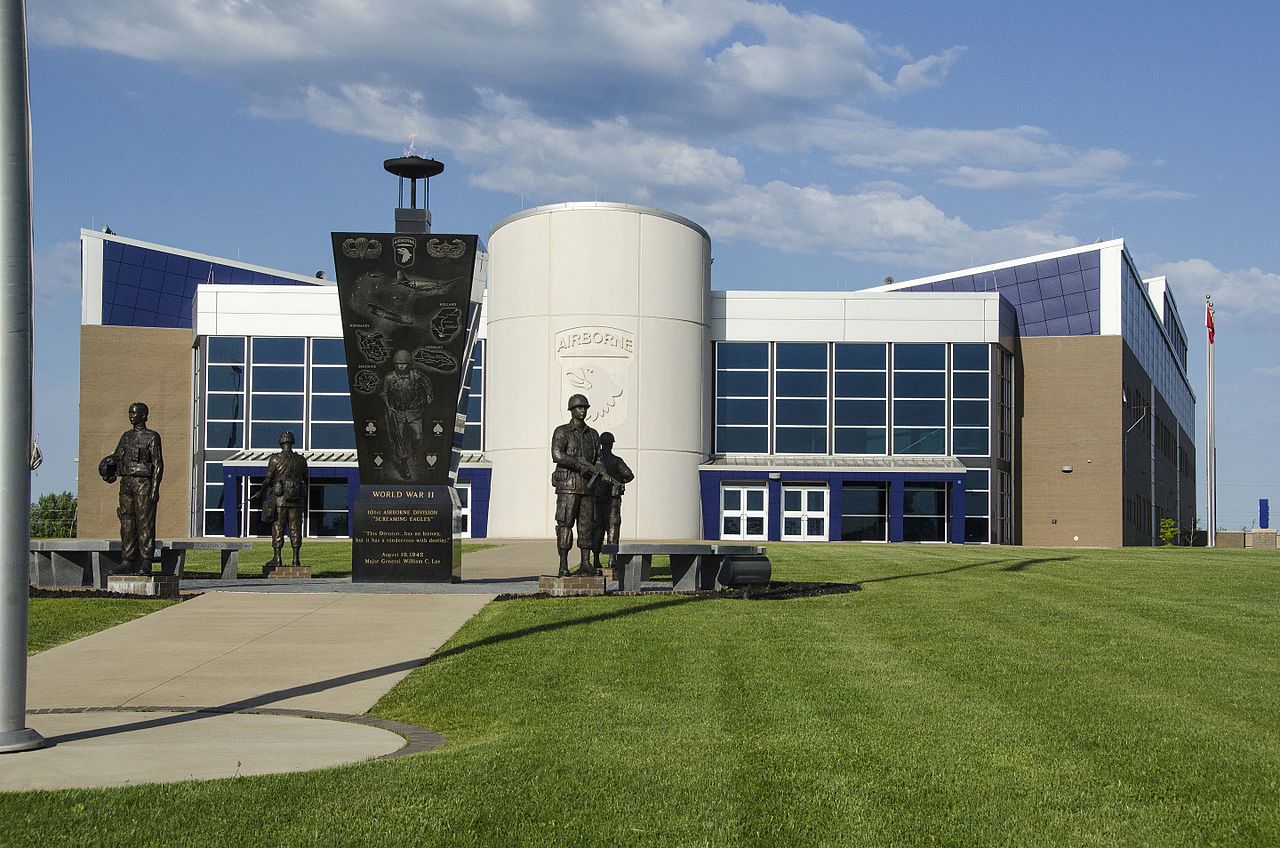
Fort Campbell is a United States Army installation located on the Kentucky-Tennessee border between Hopkinsville, Kentucky, and Clarksville, Tennessee. The post address is located in Kentucky. The base is named in honor of Brig. Gen. William Bowen Campbell, the last Whig governor of Tennessee.
It was established a few years after the Japanese bombed Pearl Harbor and has since become one of the most significant historical landmarks of the US Army. Fort Campbell is home to the 101st Airborne Division and the 160th Special Operations Aviation Regiment.
The 101st Airborne Division, the army’s only air assault division, is a light infantry division specializing in air assault operations. The division has a long and storied history, having served in World War II, Vietnam, and the Gulf War, among other conflicts.
The 160th Special Operations Aviation Regiment, known as the “Night Stalkers,” provides helicopter support to special operations forces. The regiment has been involved in numerous high-profile operations, including the mission to kill Osama bin Laden.
Fort Campbell is a substantial military base that plays a crucial role in national defense. The base is home to thousands of soldiers and their families, who benefit from various services and amenities, including housing, medical care, and recreational facilities.
The base is also an important economic driver for the surrounding area, providing jobs and other economic opportunities. Overall, Fort Campbell is a vital part of the US military’s infrastructure and a symbol of the country’s commitment to national defense.
This fort is also home to the 86th combat support hospital and the 716th mp battalion.
Fort Knox

Fort Knox is located in Kentucky, south of Louisville and north of Elizabethtown. The base is adjacent to the United States Bullion Depository, which is used to house a large portion of the United States’ official gold reserves and with which it is often conflated.
Fort Knox is named after Major General Henry Knox, who served as the first United States Secretary of War.
Today, Fort Knox is home to various units, including the US Army Cadet Command, the US Army Human Resources Command, and the US Army Recruiting Command.
The base is also home to the US Army Armor Center and the Patton Museum of Cavalry and Armor, which houses a collection of tanks, artillery, and other military vehicles.
Fort Harrod
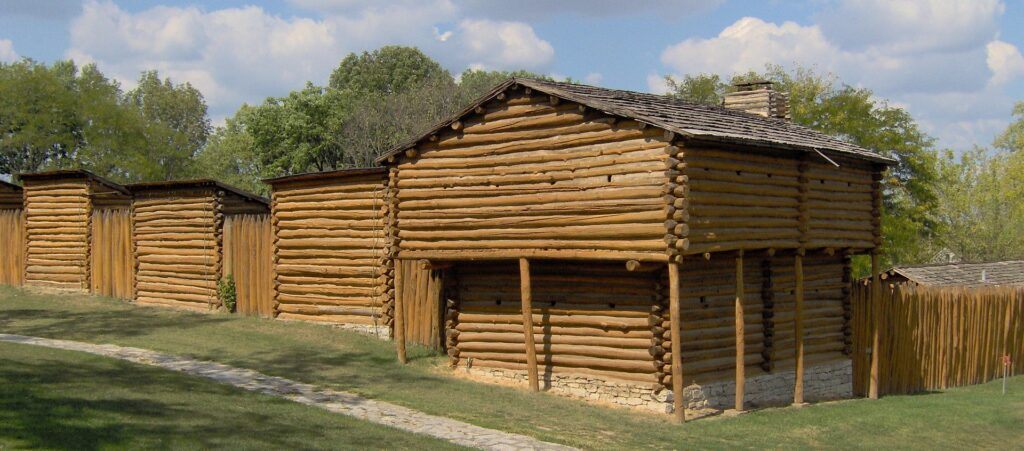
Fort Harrod, a historical gem in Kentucky’s history, played a crucial role in the Civil War. Although it is no longer an active military base, it is significant in understanding the state’s military past. The fort was a strategic location and a primary military post during various conflicts.
The fort was an important gathering place for early pioneers in the area, and it played a significant role in the history of Kentucky. It served as a military outpost during the American Revolution and was the site of several important battles. The fort was eventually abandoned in the late 1700s and fell into disrepair over the years.
In the 20th century, efforts were made to preserve and restore the fort, and today it stands as a testament to the courage and determination of the early settlers who established it.
Visitors to Old Fort Harrod State Park can explore the reconstructed fort, which includes a blockhouse, cabins, and a stockade. They can also learn about the area’s history through exhibits and guided tours and experience what life was like for the early pioneers who settled in Kentucky.
Fort Boonesborough
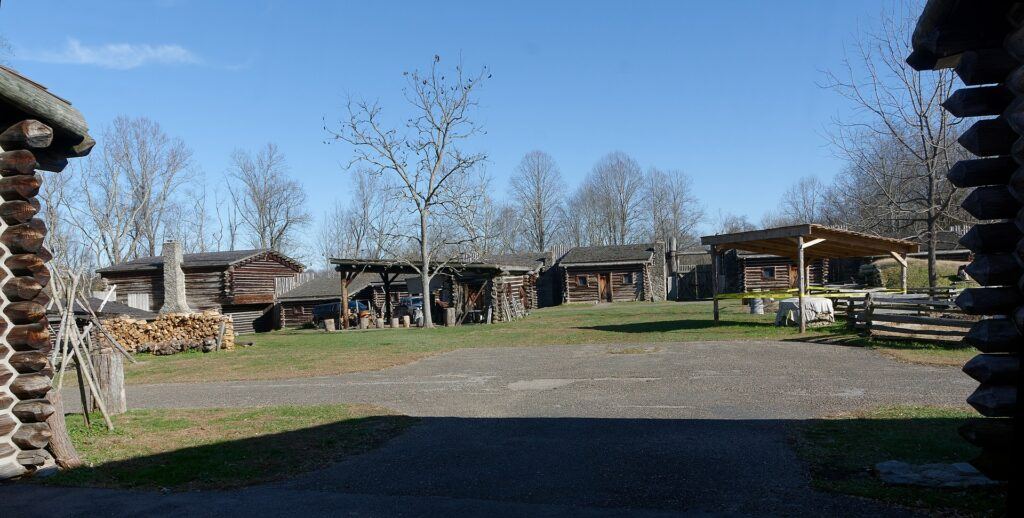
Fort Boonesborough, another notable historic site in Kentucky, provided a strong defense during the 18th century. Daniel Boone founded it as a critical military installation during the state’s early days. Today, Fort Boonesborough is a state park where visitors can learn about the fort’s history and its roles in Kentucky’s past.
The fort was an important site during the American Revolutionary War and was the site of several important battles. It was also a hub for trade and commerce in the area and played a significant role in the development of Kentucky as a state.
Fort Boonesborough has since been reconstructed and is incorporated into Fort Boonesborough State Park. Archeology efforts are being made on the grounds of the original Fort. The reconstructed fort is about a mile and a half away from the original.
Other Military Installations
Kentucky has other military bases and training facilities, such as Fort Duffield and the Blue Grass Army Depot. These installations contribute to the state’s rich military tradition and support the needs of service members and military operations.
Explore More: 7 Army Forts in Arizona
Architectural Features of Army Forts in Kentucky
The architectural features of army forts in Kentucky have evolved over the years, influenced by factors such as military advancements and historical events. Fort Campbell, Fort Knox, and Fort Duffield are military bases with distinct architectural characteristics.
Fort Campbell, home to the 101st Airborne Division and the 160th Special Operations Aviation Regiment, has evolved from an army base built during World War II to a modern military installation. Updated facilities, like the training ground and housing for military personnel, reflect the changing needs of service members stationed at the base.
Fort Knox, primarily known for its role as a secure storage facility for U.S. gold reserves, has a unique architectural design suited to its purpose. The heavily fortified structure is complemented by its location on a 109,000-acre army installation which serves as a training facility for the 5th Special Forces Group and others.
Fort Knox is also home to several tanks used throughout history, exhibited in a park near the main entrance.
| Army Base | Key Architectural Features |
| Fort Campbell | Modern facilities, housing for military personnel, and training grounds. |
| Fort Knox | Heavily fortified structure, 109,000-acre installation, tank park. |
Fort Duffield, located near Western Kentucky University, has historical significance dating back to its construction during the Civil War. Although it is no longer an active military base, the well-preserved earthwork fortifications offer a glimpse into the architectural features of that era.
Visitors can explore the site and learn about its role as a strategic defense during the Civil War era.
Other notable army installations in Kentucky, such as the Blue Grass Army Depot and Camp Campbell, further contribute to the state’s collection of military architecture.
These bases have developed over time to meet the evolving demands of military service and provide a safe and efficient environment for service members and military personnel.
Role in Military Operations

Forts and army bases in Kentucky have played a significant role in the United States military operations for many years. Key military bases such as Fort Campbell, Fort Knox, and Fort Duffield have provided training grounds and support for thousands of service members.
Fort Duffield was a critical army installation for Union forces during the Civil War. In recent times, Fort Knox has become well-known as a training facility and home to the U.S. Army’s Armor School.
Likewise, Western Kentucky University has collaborated with Fort Knox to provide education for military personnel.
Fort Campbell, located on the border of Kentucky and Tennessee, serves as the main base for numerous elite military units, notably the 101st Airborne Division, the 160th Special Operations Aviation Regiment, and the 5th Special Forces Group.
Camp Campbell was first established during World War II and has since operated as a vital military installation.
Furthermore, the Blue Grass Army Depot, located in central Kentucky, stores and maintains various munitions and operates as a training facility for military service members.
Kentucky houses several army installations, each playing a specific role in providing support and training to U.S. Army personnel.
Historic Preservation and Tourism of Army Forts in Kentucky
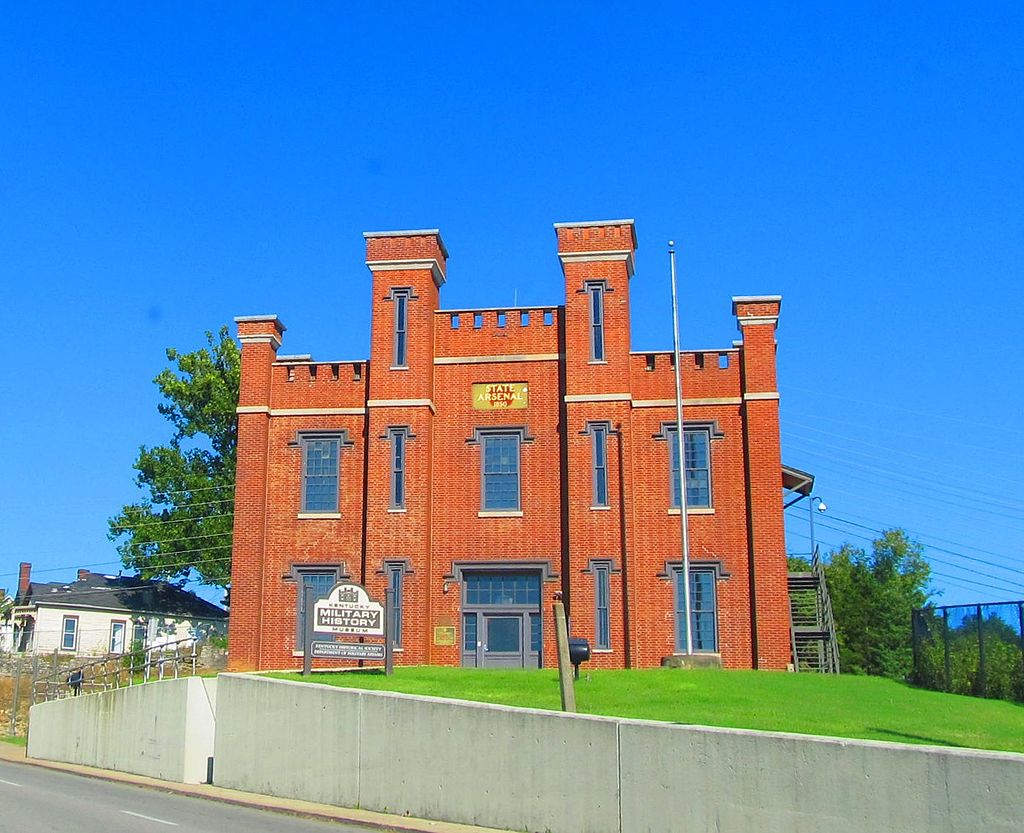
Kentucky is home to several historic army forts, including Fort Campbell, Fort Knox, and Fort Duffield. These military bases have played significant roles in American history, serving as training grounds during World War II and the Civil War.
As part of the preservation efforts, many historical sites, like Fort Duffield, have been converted into tourist attractions, showcasing the important history of military service in the U.S. Army.
Fort Campbell, for example, is home to the prestigious 101st Airborne Division and the 160th Special Operations Aviation Regiment.
Visitors to these military installations can witness service members’ dedication and commitment as they participate in training exercises.
Popular sites at Fort Knox include the General George Patton Museum, which houses exhibits on World War II, and the 5th Special Forces Group.
Apart from these well-known army bases, other attractions in Kentucky, such as the Blue Grass Army Depot and Camp Campbell, provide unique opportunities for tourists to gain insights into life at a military installation.
Additionally, institutions like Western Kentucky University offer programs and research centers dedicated to studying military history, further contributing to preserving the state’s army heritage.
Tourism centered around these historic military sites helps maintain their preservation and supports the local economy by creating jobs and generating revenue.
Kentucky’s historic army forts and military personnel continue to share their legacy with the world by attracting local and international visitors.
The Kentucky Military History Museum in Frankfort, Kentucky, is a great place to visit if you want to see some of Kentucky’s most treasured military artifacts up close.
Here, you will find artifacts and the history behind them that Union Troops and Confederate troops once used.
Explore More: Civil War Forts in Kentucky: Exploring Historic Battlegrounds
Conclusion – Army Forts in Kentucky
As you can see, Kentucky played a significant role in the military history of the United States from the early days of the Continental Army to the Civil War and beyond.
Kentucky is strictly an Army-associated state with only US Army Posts. Kentucky has no Navy bases, Air Force, or Coast Guard, but it has a strong Army presence that helps defend our great nation.

Cory is a website owner and content creator who enjoys fishing, history, coin collecting, and sports, among other hobbies. He is a husband and father of four.
Romans 15:4 For whatever was written in former days was written for our instruction, that through endurance and through the encouragement of the Scriptures we might have hope.

